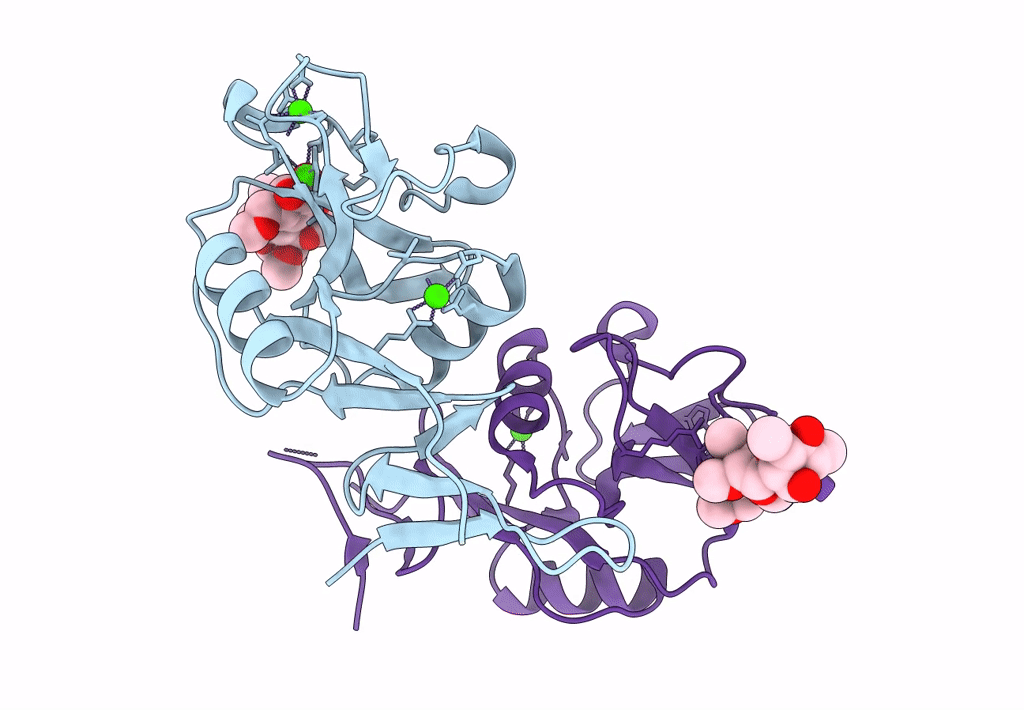
Deposition Date
2022-10-11
Release Date
2023-08-09
Last Version Date
2024-10-23
Method Details:
Experimental Method:
Resolution:
2.40 Å
R-Value Free:
0.28
R-Value Work:
0.25
R-Value Observed:
0.25
Space Group:
P 31 1 2


